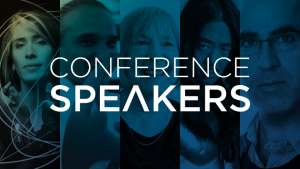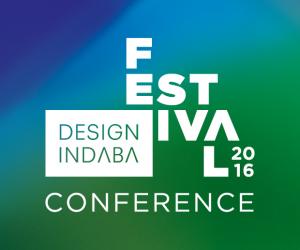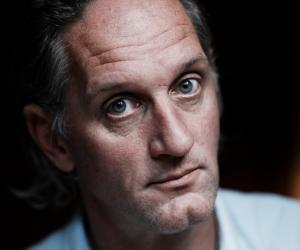From the Series
Part of the event
“Nowadays you can crossover disciplines – I work in advertising for certain clients, but I curate exhibitions, make children’s TV programmes, teach in the theatre school and show at exhibits myself,” Erik Kessels says in an exclusive interview with us.
Co-founder and creative director at KesselsKramer, Erik Kessels began his career fairly early: “When I was five years old, I wanted to be a shop window dresser. But after an hour, I thought it was a horrible job.”
Later he studied at the Academy of Art and Design (AKV) St. Joost and then went into advertising.
Through KesselsKramer, Kessels has worked on the advertising campaigns for Heineken, Diesel and Nike. One of his better-known campaigns was for Hans Brinker, a budget hotel. The ad campaign counter-intuitively sold the hotel as the worst hotel in Amsterdam.
He attributes the ability to work across different disciplines to the access afforded by the Internet: “It opened up a lot of things; now there is more democratisation of disciplines. Nowadays everybody is a photographer, architect or works in advertising.”
The repercussions of democratisation? Kessels says: “In the end, having a good idea will be the biggest selling point for creative people.”
He curated an exhibition called Graphic Detour – a collection of eight graphic designers and artists who had made one detour or another in their career. He set the artists and graphic designers up on “blind dates” with an unusual company such as a metal manufacturer or candy factory. From these unusual partnerships the artists and the companies produced a work of art.
Kessels also experiments in photography. “We live in an image renaissance almost,” he says. “Before lunch people have seen more images than somebody in the 18th century did their whole life.” Our heavy diet of images intrigued Kessels and he began collecting other people’s old printed photographs.
He received a request from a museum to create an installation that would predict the future of photography museums. In a 24-hour period, he downloaded 950 000 images from Flickr. For the installation, 24 Hours in Photos, Kessels printed them all and installed them in the space. The result was heaps of photographs reaching from the gallery floor to the ceiling.
“Having a very strong idea is something essential and more key than ever. After having that, you can blur with more disciplines.”
Erik Kessels will be speaking at Design Indaba Conference 2016.











